Bitcoin is extending last week’s decline and it’s now close to making a new low for the year. The move is part of the broad based risk-off selling, which sees Nikkei down over -2.2% in Asia.
Immediate focus is now on 33000 low in bitcoin. Firm break there will resume whole down trend from 68986. In this case, there might be further downside acceleration through 30k handle to 61.8% projection of 68986 to 33000 from 48226 at 25986. Nevertheless, break of 36118 resistance will be a sign of stabilization and bring recovery first.
Ethereum also follows by breaking 2390 support today. The development should confirm that corrective recovery from 2157 has completed with three waves up to 3577. Deeper fall should be seen through 2157 to 38.2% projection of 4863 to 2157 from 3577 at 1904.




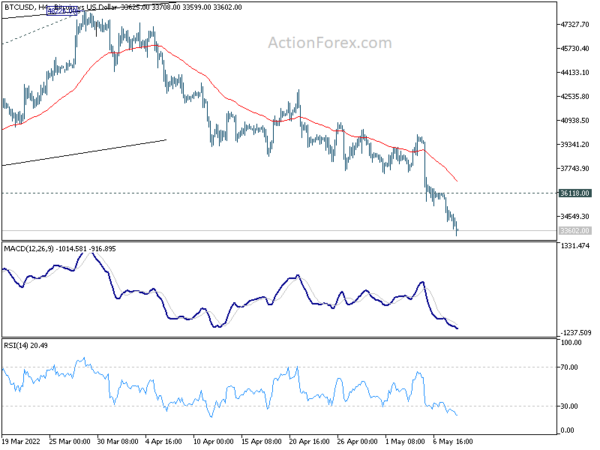
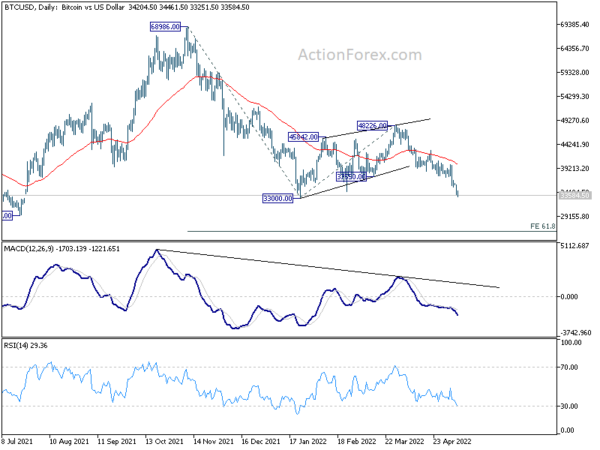
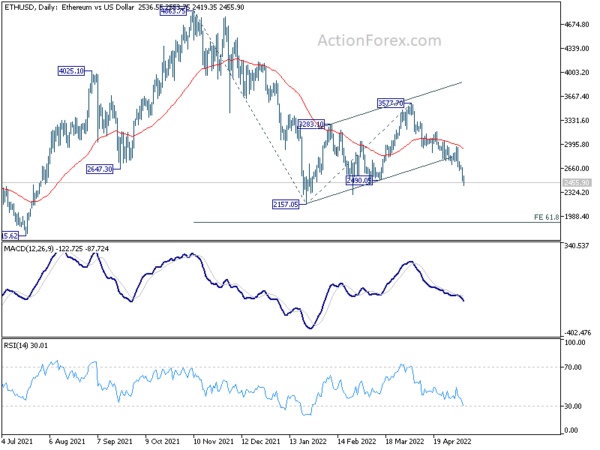
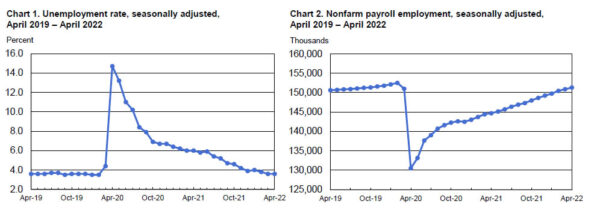
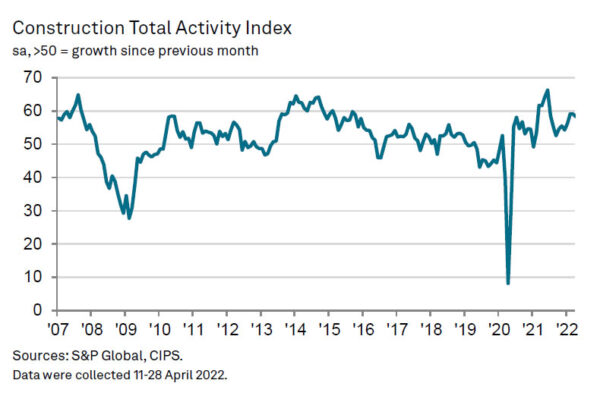
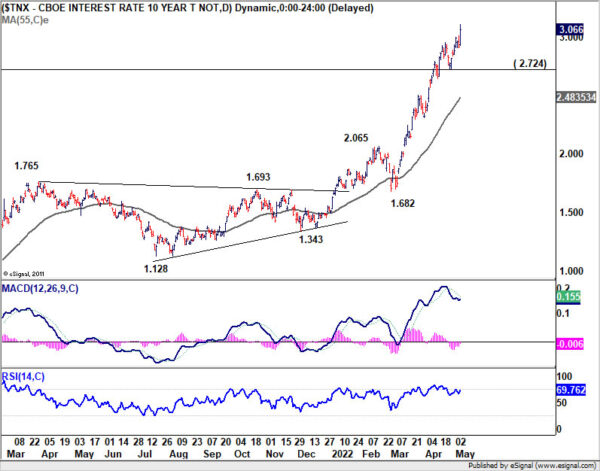
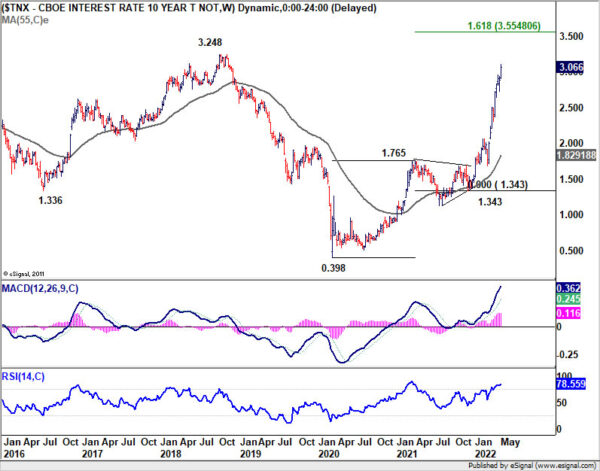
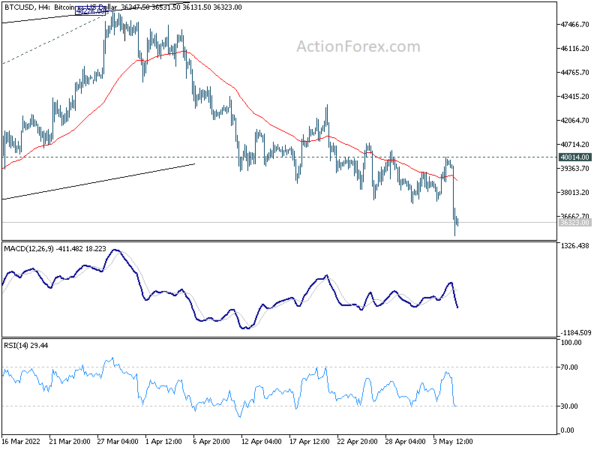
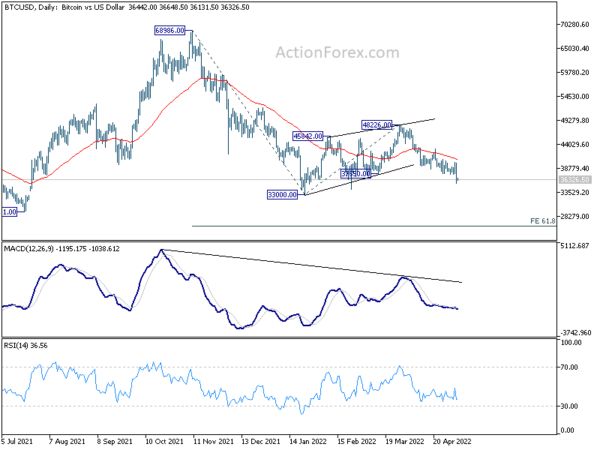
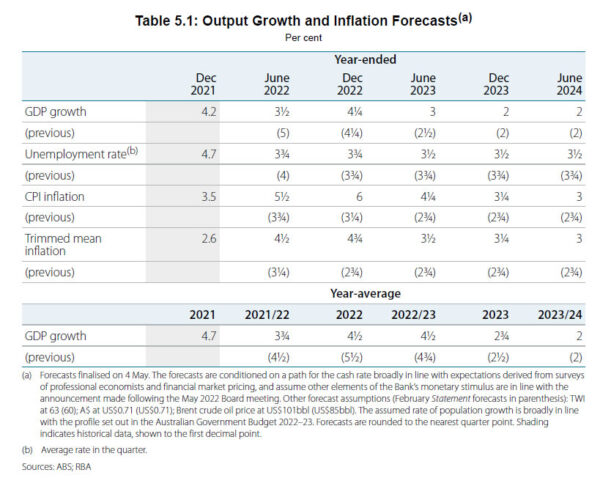
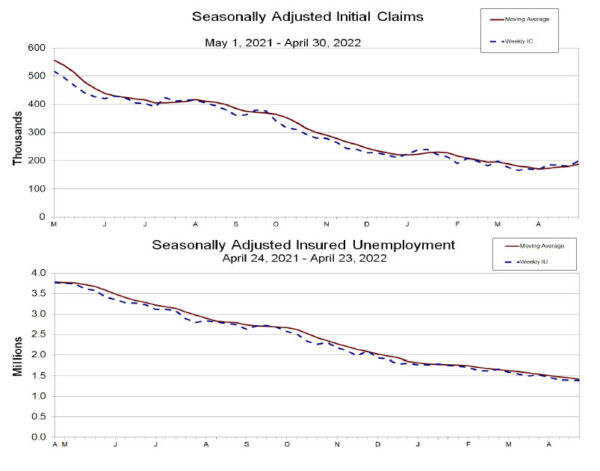
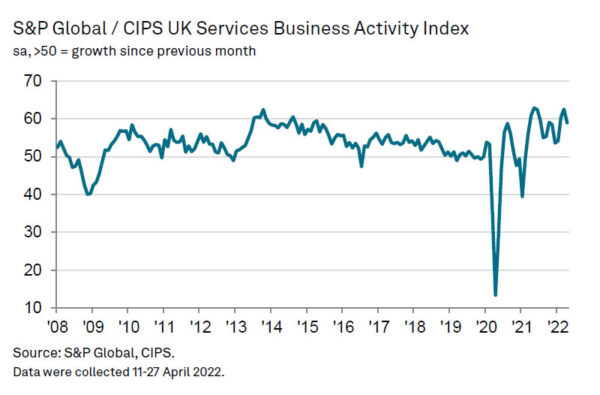
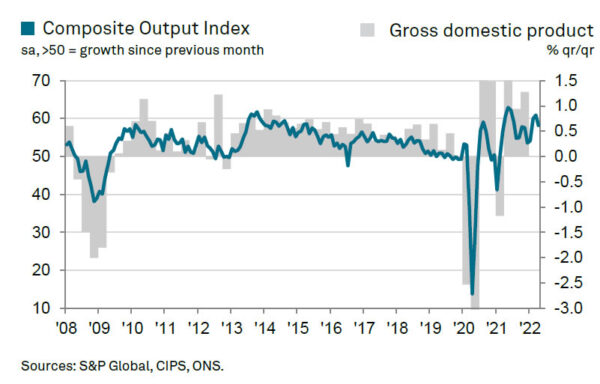
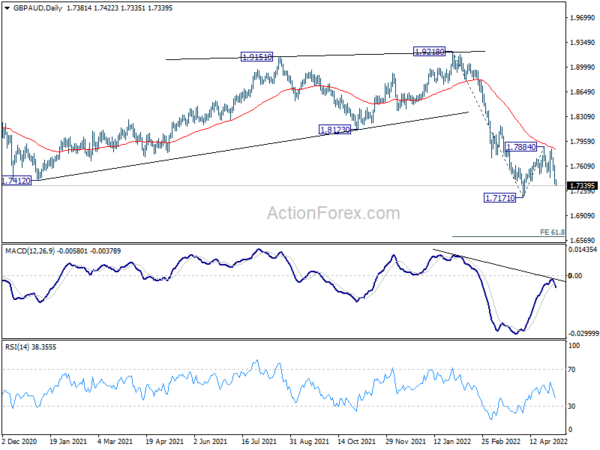
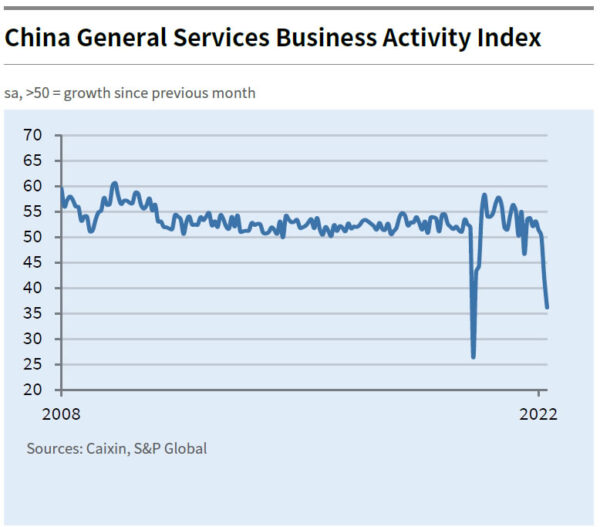
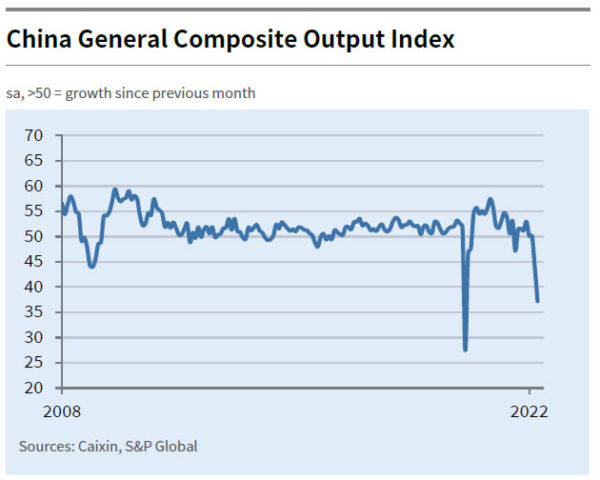
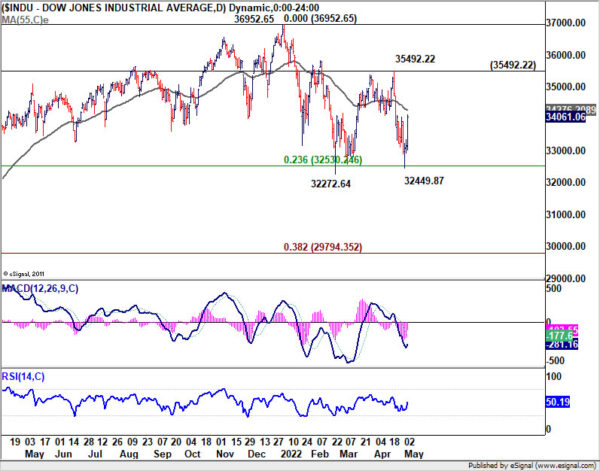


Eurozone Sentix investor confidence dropped to -22.6, war only knows victims
Eurozone Sentix Investor Confidence dropped from -18.0 to -22.6 in May, worse than expectation of -20.8. The’s the third decline in a row, and the lowest reading since June 2020. Current Situation index dropped from -5.5 to -10.5, worst since March 2021. Expectations index dropped from -29.8 to -34.0, worst since December 2008.
Germany Sentix Investor Confidence dropped from -17.1 to -20.5, lowest since May 2020. Current Situation index dropped from -4.8 to -7.3, lowest since March 2021. Expectations index dropped from -28.8 to -32.8, all-time low.
Sentix said: “War only knows victims. The traces of the Ukraine conflict are also becoming increasingly visible in the economy. The sanctions against Russia are having an effect, on enemies and friends alike. Last month, the “first mover” economic index clearly pointed the way towards recession. At the beginning of May, the downturn deepened further. Europe is hit particularly hard. The overall Eurozone index drops to -22.6 points. And for Germany we report an all-time low in economic expectations. In other words: it’s coming thick and fast.”
Full release here.